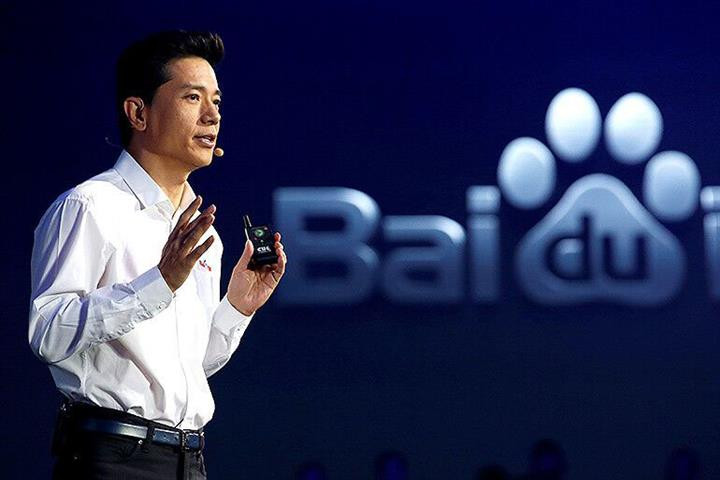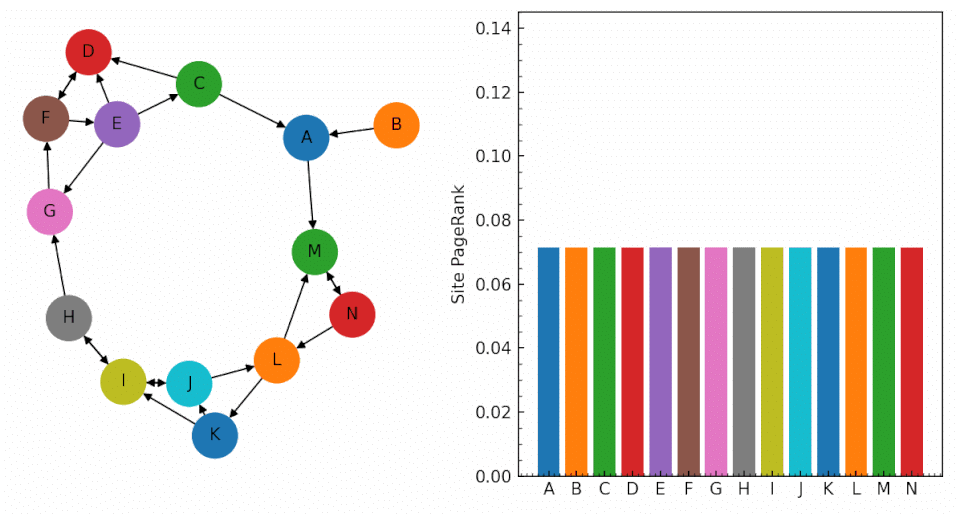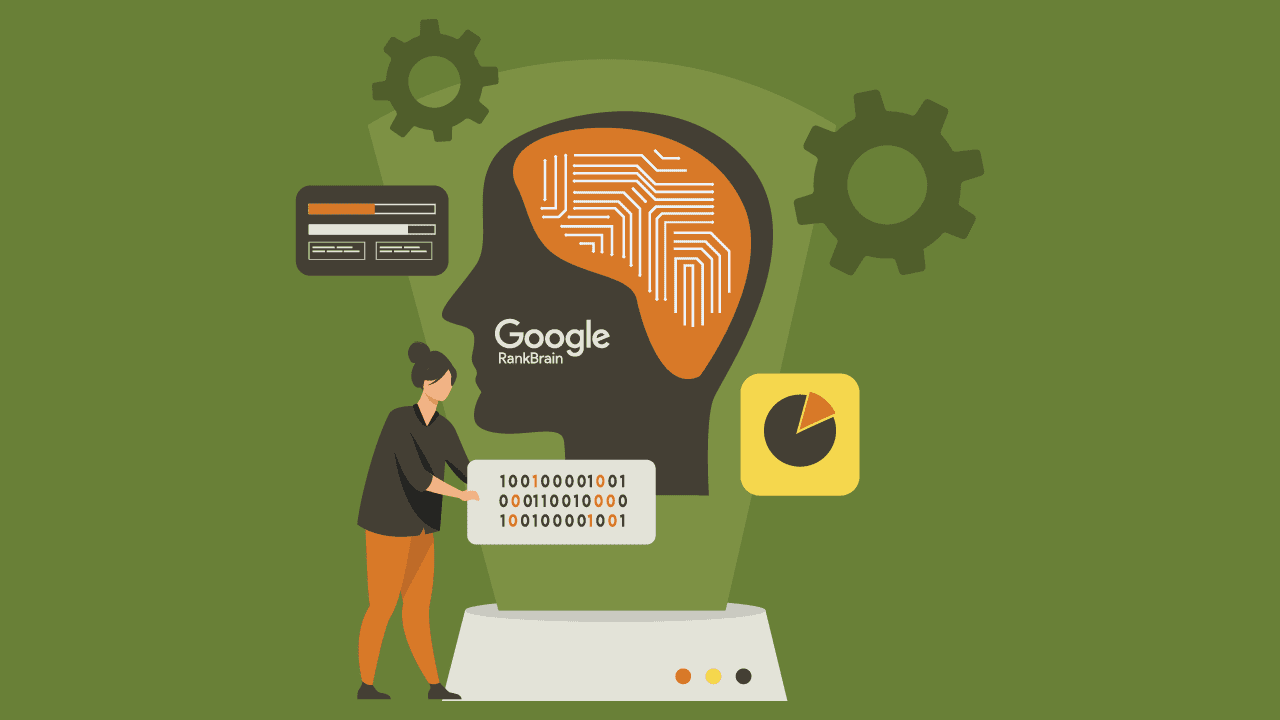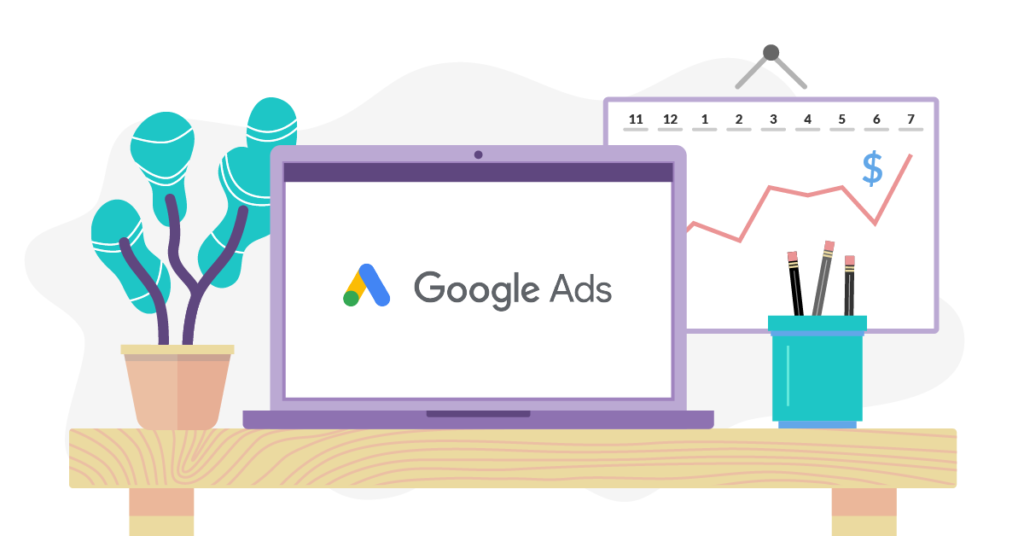Want More SEO Traffic?
Get expert tips to boost your SEO and grow your website traffic!
Google’s Major Algorithm Updates Explained: From Panda to Navboost

It is essential to talk about Google's major updates because it is an excellent fundamental guide for such kind of rules and guidelines, which is not as easy as other smaller algorithms but the most effective ones.
You need to understand one thing about Google: As a platform, Google always wanted to serve best to its customers. If you do not try to understand Google Search Algorithem Updates, which I am explaining today, then the possibilities are there that you will miss the chance to get a higher rank because these are the most essential ones. It is not only about knowing it; you also have to implement these updates in your website. If you are not going to take these algorithms seriously, then I can promise you that forget the ranking game.
Many of these updates are mostly part of the core update, and there is nothing surprising in this because they have changed the way of serving the results on the Google Search Engine.
You need to understand Google Search Algorithems Updates very carefully then you will yourself feel that your business website is moving in a positive direction and let me tell you one more thing, whatever algorithm Google has published, it is not like that it was because they hated anyone's website or to penalize someone, Google did all this to improve its users experience to protect its client base to get stolen. It was not only necessary to do, but it was also needed because Google has to save the user experience to avoid getting spoiled.
By doing this, Google also had to save its business; after all, this is Google's business, to provide the most accurate results to its users within a minimum time. Whatever they are searching for, whenever they are searching for Google's Job is to provide them most accurate results in the best possible manner. Now, without any delay, let's understand them one by one.
Panda
Google had launched an update before Panda, which was named the Caffeine update, which was basically an infrastructure update done by Google to make things fast from crawling to indexing to serve the best possible result most efficiently.
Google did an infrastructure update to serve the freshest results to the users as well, because if Google is able to crawl more content, then also be able to serve it to its users, and with the help of the infrastructure update, Google wanted to make it lightning fast. Still, people misinterpreted the meaning of the caffeine update. They started posting more and more content by copying and pasting it because Google had updated its infrastructure so that it could keep more and more unique content but again due to people copying and pasting the content from multiple resources the search results once again became of the same colour which was the most significant waste of resources in the eyes of Google.
So, Google launched the Panda update in February 2011. Google made it completely clear in its update that any website that uses or writes content by copying and pasting from any other website, or the content is not good enough, or the content is written just for the sake of work. Google will neither rank that content nor index it.
Duplicate, thin, and low-quality content will not be allowed, and with time, Google has taken this rule forward and never lagged. Moving forward, Google's Panda update became a part of Google's core algorithm. Google first announced the core update in February 2015, but at the same time, Google confirmed for the first time that the Panda update had been made a part of Google's core update, which happened on 11 January 2016.
It means that notifications for Panda updates will no longer come separately; it has been integrated into Google's core system. From then on till now, no one will use duplicate content, thin content, or low-quality content.
By publishing content in bulk, you cannot achieve a ranking; rather, by doing such activity, you will only lose ranking. If it becomes too much, then it is possible that you may even get a manual penalty. Although algorithms have manual penalties, if required, then manual penalties are also given.
Penguin
There came a point in the history of Google where there was a fight for the ranking of the first page or there was a fight over who can rank better because some smart brain players wanted to rank the best and the best by solving the content problem, which is also the desire of every business owner, why would no one want to become the greatest, but to do this, the same brilliant brains were using a method which was a kind of spam which was named web spam and Google had taken it for granted that this time this problem has to be solved,
Then Google launched it on 24 April 2012, my Penguin algorithm, whose main aim was to end the manipulative backlink strategy and to remove the websites that are doing such practices from Google search results, and Google wanted to give visibility and ranking to those who deserve it, and not to those who are winning through manipulation.
Although this problem may seem small, in reality, think about tackling this on a worldwide level, then my brother, your soul will be torn out, but it is Google, and they did it.
Google issued a guideline that any website that has low-quality backlinks, like spammy directories and blog commenting, should work on such a quality backlink strategy, and if it tries to get the website ranked, then forget it. Or sometimes it also used to happen that people used to do overlinking in the name of overlinking, often at some places the targeted link would have the url of the targeted page, which, being less helpful, gave a weird feel in user experience.
Google strictly said that this behaviour would have to be changed. Many website owners were either creating irrelevant links or exchanging links with each other, which was also called Private Network Blogging. Some people were even more intelligent; they would buy direct backlinks from any high authority sites.
Google tackled all these problems at once; those sites that were involved in such activities and were getting ranked were immediately deranked for such black hat backlink activity, and spam was eliminated. On 23 September 2016, the Penguin algorithm update was also made a part of Google's core algorithm.
Since then, the Penguin update has been included in the core update only. Google has ensured that a website can be ranked only by creating quality backlinks that are relevant, logical, and meaningful.
Hummingbird
So, when the Hummingbird update came, it was a new thing because before that, Google used to have similar updates like Panda, which prevented duplicate content and also gave a penalty, and the Penguin update regarding link spam. Still, the Hummingbird algorithm was writing a different story.
It was officially announced on 26 September 2013, and it was not an update. It was a fundamental shift for Google to understand the query itself so that the best results could be given. Google's total focus was on how to provide the most accurate results to the user, and this was not a matter of today.
Google has been trying for this since day 1, and ultimately, this is Google's job. This time, Google did not focus only on the written text of the query but also on the intention of the user, what the user wants, and what the user ultimately wants to achieve. For the first time, it started happening like this in Google that efforts were being made to get the correct result by understanding long queries through the ranking system.
Therefore, the Hummingbird update is considered to be the most critical update in the history of Google, and it was this update that shifted the fundamentals of ranking. Till the time Hummingbird was not introduced, results were shown on direct keywords, but after the introduction of Hummingbird, Google's focus on Entity, use of schema markup was highlighted, and the importance of Semantic SEO increased. Google started to understand when to show a fruit or an iPhone on a search when anyone puts the keyword Apple in Google, which was a very significant change in itself.
It was happening not only because of this update, but also this time Google was using its Knowledge Graph to display and deliver results, and this was the point where the use of Natural Language Processing increased further.
Although there were some significant things with this update, there was a massive shift versus earlier, in how content used to rank, where, and then later, what content started to rank for whom. Topic clustering, long search intent, conversational tone, and likely to serve human kind of content began to be given more importance, which was terrific.
PageRank
It has always been a very big problem for any search engine; now it is the final stage where pages have to be ranked, and all the URLs have to be assigned a rank on the basis of which that page or website will be ranked. To solve this problem, like other search engines, Google also uses the method of the PageRank system.
 Actually, this ranking algorithm system was first introduced by Robin Li Yanghong, but earlier it was called Rankdex, or even before that, it was called by the name of link analysis, and the interesting thing is that all this was happening since 1996, even before Google. Let me tell you one more interesting fact: this is the same Li Yanhong who is the CEO of Baidu today.
Actually, this ranking algorithm system was first introduced by Robin Li Yanghong, but earlier it was called Rankdex, or even before that, it was called by the name of link analysis, and the interesting thing is that all this was happening since 1996, even before Google. Let me tell you one more interesting fact: this is the same Li Yanhong who is the CEO of Baidu today.
So the basic rule is that any search engine decides the rank of any page on the basis of how many other Links/URLs are pointing to that particular page, and the page with the most links will get the highest rank, and the one with fewer links will get a lower rank accordingly. Which looks fine but there was a loophole in it because any human being can create more links artificially and can get his targeted page ranked better but here comes the entry of our brother Larry Page and Sergey Brin with Google who name this update Page Rank and they design a little more advanced algorithm in which they ask to focus not only on the quantity of links but also on their quality.

The search engine bot or crawler visits the place that follows the Random Surfer Model. It has to be done because when a group of webpages are linking to each other, a kind of cluster is formed, which makes the crawler randomly roam on the URLs of that cluster. In such a case, it is not possible for the crawler to get out of that cluster before this thing changes in an infinite loop, where the damping factor comes into play. Although link juice can also pass only up to a limitation, after a limit from the random surfer model, it will shift to some other cluster through the damping factor.
Then it crawls the second link cluster using the Random Surfer Model, and in this way, it assigns a page rank to different pages for different keywords, and this process continues. It is important to understand this because backlinks are still a valuable part of SEO and Google. Every kind of SEO has its importance, whether it is Technical SEO or On Page SEO, everyone does his work, similarly backlinks also do their work, but while creating backlinks always keep two things in mind no. 1. Build quality backlinks, do not spam, do not focus only on quantity or number, use high DA PA sites, use such websites whose spam score is low and more important than that is that you should use relevant websites and build relevant links.
Navboost
Among all the algorithms discussed so far, the most important one is this one because it often happens that Google officially launches algorithm updates and tells in the public domain what this update was about and what rules and regulations have been set. But here, Google was playing the game at a different level.
This update was running inside like a shadow and was doing its work, and no one was even told about it. In this regard, a court case trial started between Google, Alphabet Vs Department of Justice, United States of America.
Navboost is one such algorithm in Google's ranking system that adjusts the ranking of search results by tracking user behavior in real-time. If we talk in layperson's language, it is which result did people liked more and which website did people liked less? According to this algorithm, the result that people liked more should be given a better rank, and the result that people liked less, meaning if that result is either irrelevant or misleading, then the rank of that result.
The interesting thing is that Google did not even tell about the fact that Google was using such a dynamic system for ranking, then when the case was exposed, Navboost was made a part of the 2023 Core Algorithm and as usual it is never explained about the core update that what updates are being made in it, so from then till now there is no special update on it, but by following the factors that were told during the trail we can optimise our website.
According to the Navboost algorithm, how many clicks are coming on a website and for how long people are staying after clicking and returning from that page, which are technically known as terms like Click Through Rate, Dwell Time, Pogo-sticking, and bounce rate. Whichever website has better these factors, that website will get a better ranking. Even the Nav Boost algorithm is the one through which real-time ranking gets updated in Google's internal ranking system.
In simple terms, Navboost pushes up good results and suppresses bad ones based on real user behavior.
Want More SEO Traffic?
Get expert tips to boost your SEO and grow your website traffic!




Leave a Reply
Comments 0